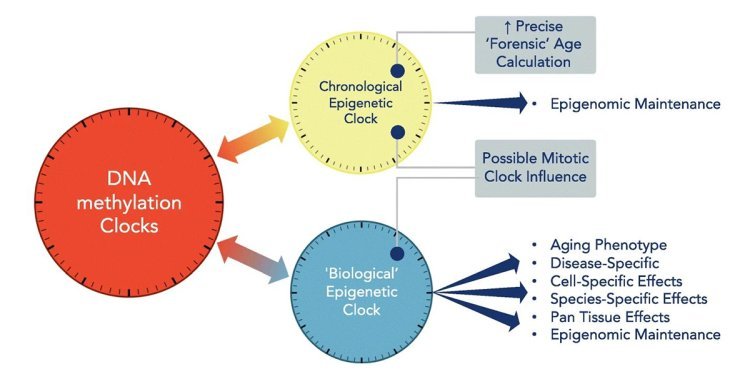Aging Mechanism Analysis Paves the Way for Anti-Aging Research
Numerous methods have been developed to investigate aging, ranging from observational studies to experimental approaches.

Aging is an inevitable process influenced by a range of factors, including genetics, lifestyle choices, and environmental elements. Despite the inevitability of growing older, researchers are optimistic that a deeper understanding of the complex mechanisms behind aging could pave the way for effective anti-aging interventions and offer hope for the development of innovative anti-aging strategies.
To date, numerous methods have been developed to investigate aging, ranging from observational studies to experimental approaches. However, the emergence of advanced analytical techniques has enabled scientists to investigate the complex biology of aging at the cellular level, even the molecule level.
Aging analysis conducted at the cellular level permits the identification of aging-related biomarkers, which offer potential prognostic and diagnostic value. Moreover, comprehending the cellular alterations associated with aging facilitates understanding regenerative medicine, drug development, and tailored interventions aimed at specific cellular aging profiles. Cellular senescence, a state in which cells lose their ability to divide and function optimally, has been identified as a key contributor to aging. By studying the molecular signals that trigger cellular senescence, scientists hope to develop interventions that can delay or even reverse these effects. Besides, analysis of stem cell exhaustion could be another direction. Through the analysis of key regulatory pathways, such as Notch, Wnt, and Hedgehog signaling, researchers can unravel the molecular mechanisms underlying stem cell exhaustion.
Understanding the underlying mechanisms of aging has also shed light on the role of telomeres, protective structures located at the ends of chromosomes. Telomeres shorten with each cell division and their length is considered an indicator of biological age. This progressive shortening of telomeres leads to cellular malfunction and ultimately triggers the aging process. Through comprehensive telomere length research in aging, researchers can estimate the relative aging stage of a person more precisely and proactively intervene and implement personalized interventions to mitigate age-related diseases before they manifest.
Analyzing aging at the molecular level allows for the identification of particular biomarkers, epigenetic modifications, gene expression patterns, and molecular pathways implicated in the aging procedure. Moreover, scrutinizing aging on the molecular level is vital to understanding the impact of environmental factors, lifestyle choices, and inherent predispositions on aging. For example, by using high-throughput sequencing techniques, scientists can profile DNA methylation patterns, histone modifications, and non-coding RNA expression in various tissues and cell types. By deciphering the epigenetic landscape of aging, researchers can identify key regulatory elements and pathways involved in age-related processes and potentially develop epigenetic-based interventions for healthy aging.
In conclusion, aging mechanism analysis can offer valuable insights into the aging process and help to explore potential interventions. With aging research moving forward, scientists are inching closer to uncovering the secrets of longevity and improving overall human health as people age.
What's Your Reaction?












![Blog Submission Sites 2024 [High DA]](https://blognow.co.in/uploads/images/202306/image_100x75_6494a03eaff5e.jpg)
![Article Submission Sites 2023 [High DA & PA]](https://blognow.co.in/uploads/images/202307/image_100x75_64c4181f17036.jpg)
![Classified Submission Sites 2023 [High DA & PR]](https://blognow.co.in/uploads/images/202306/image_100x75_649dcd5260808.jpg)




![Article Submission Sites 2023 [High DA & PA]](https://blognow.co.in/uploads/images/202307/image_750x415_64c4181f08ed5.jpg)
![Classified Submission Sites 2023 [High DA & PR]](https://blognow.co.in/uploads/images/202306/image_750x415_649dcd5247eeb.jpg)
![Blog Submission Sites 2024 [High DA]](https://blognow.co.in/uploads/images/202306/image_750x415_6494a03e96bfa.jpg)